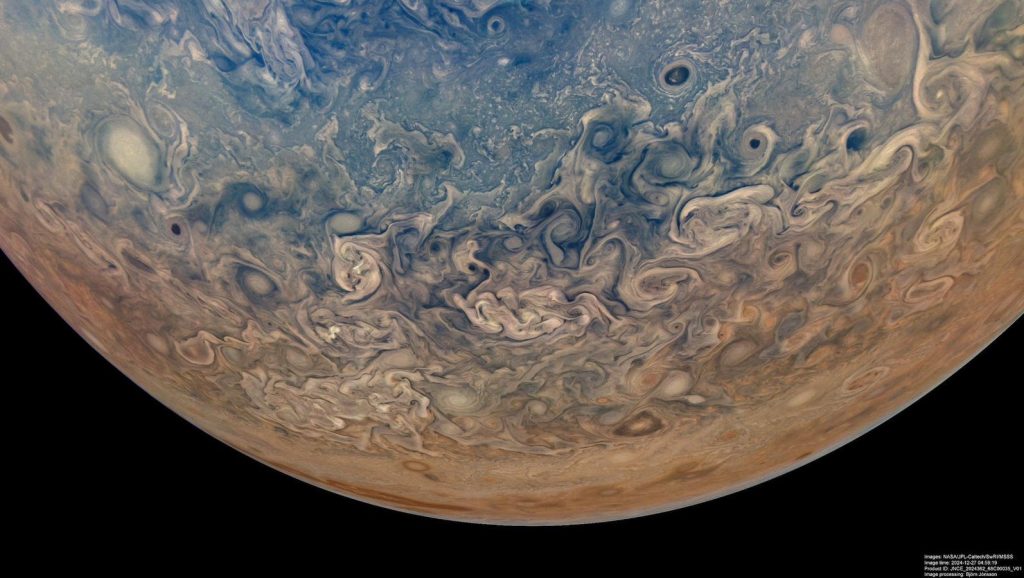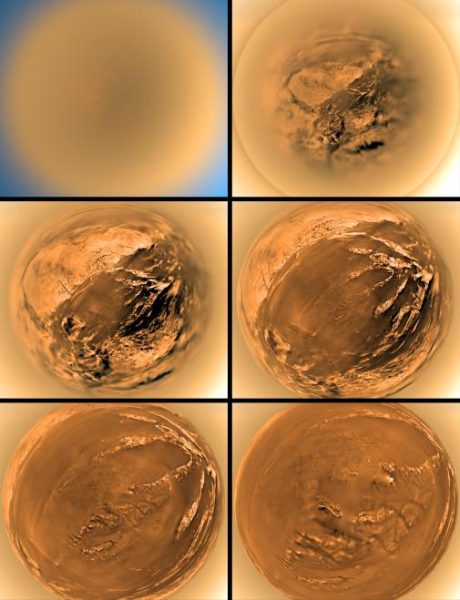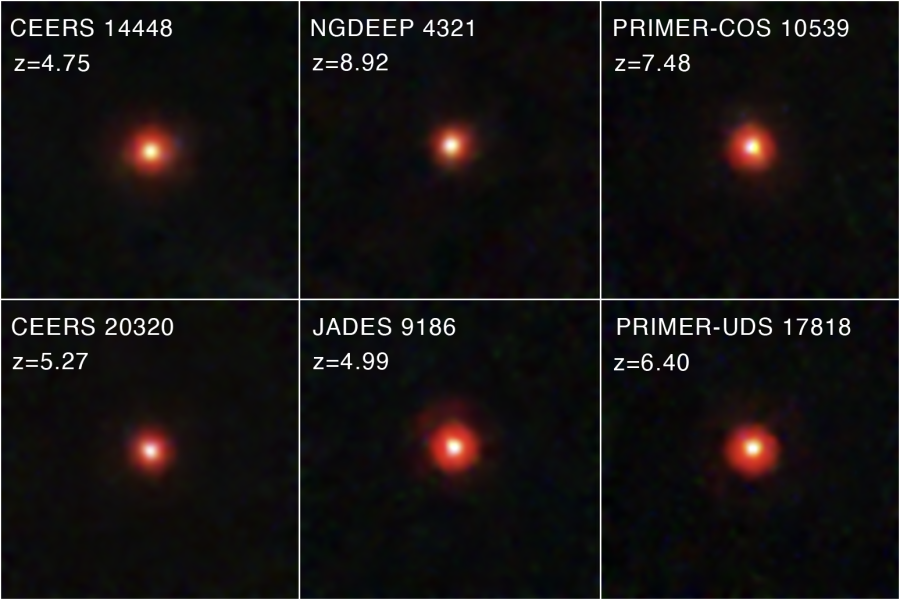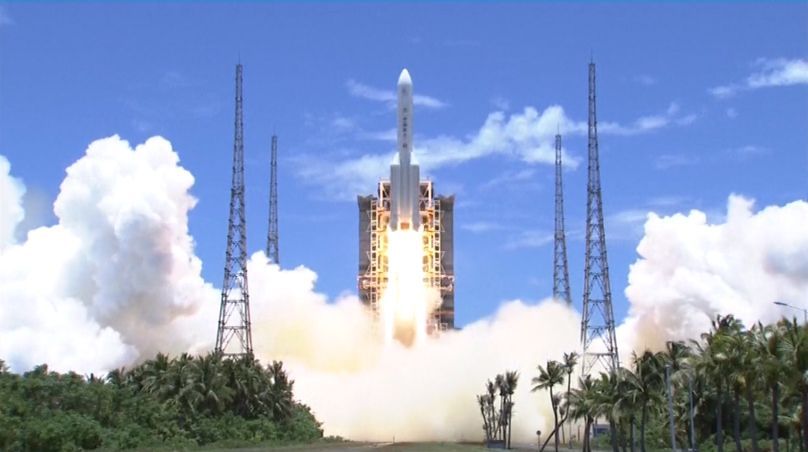In Photos: Jaw-Dropping Jupiter And Its Moon Io As Seen By NASA’s Juno – Forbes

Jupiter, as seen by NASA’s Juno spacecraft on Dec. 28, 2024, during its perijove 68. Image … [+] processing by citizen scientist Björn Jónsson.NASA’s Juno spacecraft has sent back another batch of mesmerizing images of the fifth planet from the sun. On Dec. 28, 2024, during its 68th close flyby of Jupiter, the school bus-sized probe captured stunning images of Jupiter’s dynamic atmosphere and the fiery surface of its moon, Io.The data, sent back as Juno entered its final year of exploration, was—as always—downloaded by a team of dedicated citizen scientists. Piecing together the data from JunoCam—a two-megapixel camera that captures images as Juno spins—their spectacular work is what you see here.Jupiter, as seen by NASA’s Juno spacecraft on Dec. 28, 2024, during its perijove 68. Image … [+] processing by citizen scientist Jackie Branc.During its 68th perijove—its closest point to Jupiter during an orbit—Juno soared a few thousand miles above the planet’s cloud tops. This vantage point enabled its instruments, including the JunoCam, to capture detailed images of Jupiter’s swirling storms and intricate cloud bands.Juno also closely approached Io, the most volcanically active body in the solar system. Io’s surface, marked by erupting volcanoes and lava flows, offered a striking contrast to Jupiter’s colorful cloud patterns. It’s just the latest of several close flybys of Io by Juno, which have helped scientists learn more about the mysterious moon.Jupiter’s moon Io, as seen by NASA’s Juno spacecraft on Dec. 28, 2024, during its perijove 68. Image … [+] processing by citizen scientist Brian Swift.Last month, NASA’s Jet Propulsion Laboratory in California revealed that Juno had uncovered groundbreaking details about Io. The moon is so volcanic because of tidal forces caused by gravitational interactions with Jupiter and its other large moons, Europa and Ganymede.Using its Microwave Radiometer, Juno detected heat rising from Io’s subsurface, pinpointing lava lakes and active volcanoes that reach thousands of degrees Fahrenheit. The data highlights how tidal heating— a constant push and pull of gravity—creates immense internal friction, driving Io’s intense volcanic activity.Jupiter in close up, as seen by NASA’s Juno spacecraft on Dec. 28, 2024, during its perijove 68. … [+] Image processing by citizen scientists Gerald Eichstädt and Thomas Thomopoulos.Juno’s close passes have also allowed scientists to map Io’s magnetic field and plasma interactions, revealing how charged particles from Io contribute to Jupiter’s massive magnetosphere.Launched in 2011 and arriving at Jupiter in 2016, Juno has spent nearly a decade extending scientists’ understanding of the solar system’s largest planet.Various images of Jupiter, as seen by NASA’s Juno spacecraft on Dec. 28, 2024, during its perijove … [+] 68. Image processing by citizen scientist, Brian Swift.Originally planned as a short-term mission, Juno has defied expectations, surprisingly surviving Jupiter’s harsh radiation and extreme conditions. However, the mission is now nearing its conclusion. A deliberate dive into Jupiter’s atmosphere in September 2025 will protect Jupiter’s other, possibly life-sustaining moons, notably Europa.Jupiter in close up, as seen by NASA’s Juno spacecraft on Dec. 28, 2024, during its perijove 68. … [+] Image processing by citizen scientists Gerald Eichstädt and Thomas Thomopoulos.Europa will soon be examined by NASA’s Europa Clipper mission, now three months into a six-year journey to investigate its icy surface and its subsurface ocean, a prime candidate for harboring extraterrestrial life.After its 2030 arrival, Europa Clipper will perform nearly 50 close flybys of the moon, mapping its surface, analyzing its icy crust, and studying its thin atmosphere.Jupiter, as seen by NASA’s Juno spacecraft on Dec. 28, 2024, during its perijove 68. Image … [+] processing by citizen scientist Jackie Branc.Although it launched in April 2023, the European Space Agency’s slower-moving JUpiter ICy moons Explorer (JUICE) mission is destined to go into orbit of Jupiter in 2031. It will conduct studies of Jupiter’s three largest icy moons—Ganymede, Europa and Callisto, all of which are thought to harbor subsurface oceans, making them prime targets in the search for extraterrestrial life.Wishing you clear skies and wide eyes. One Community. Many Voices. Create a free account to share your thoughts. Our community is about connecting people through open and thoughtful conversations. We want our readers to share their views and exchange ideas and facts in a safe space.In order to do so, please follow the posting rules in our site’s Terms of Service. We’ve summarized some of those key rules below. Simply put, keep it civil.Your post will be rejected if we notice that it seems to contain:User accounts will be blocked if we notice or believe that users are engaged in:So, how can you be a power user?Thanks for reading our community guidelines. Please read the full list of posting rules found in our site’s Terms of Service.






